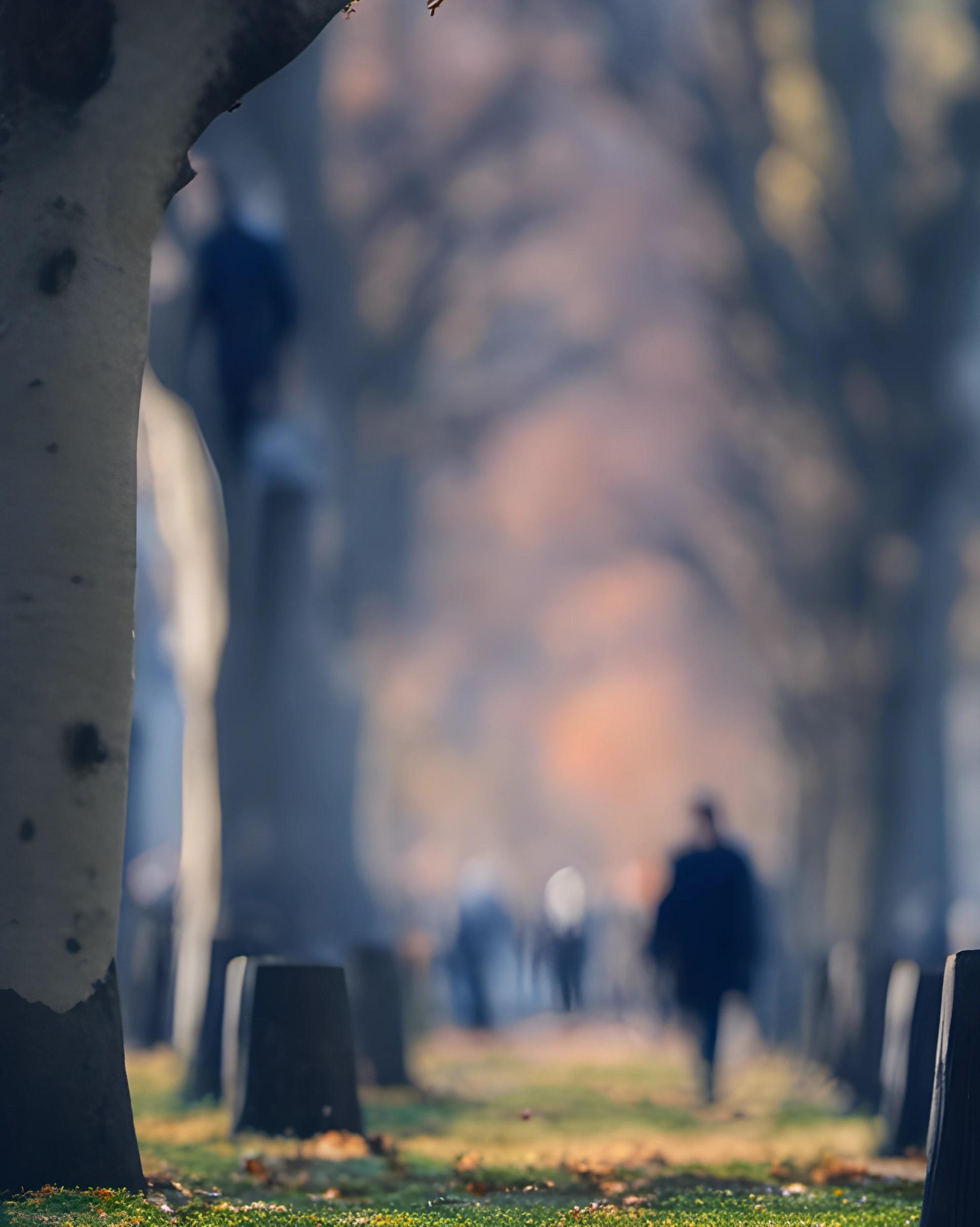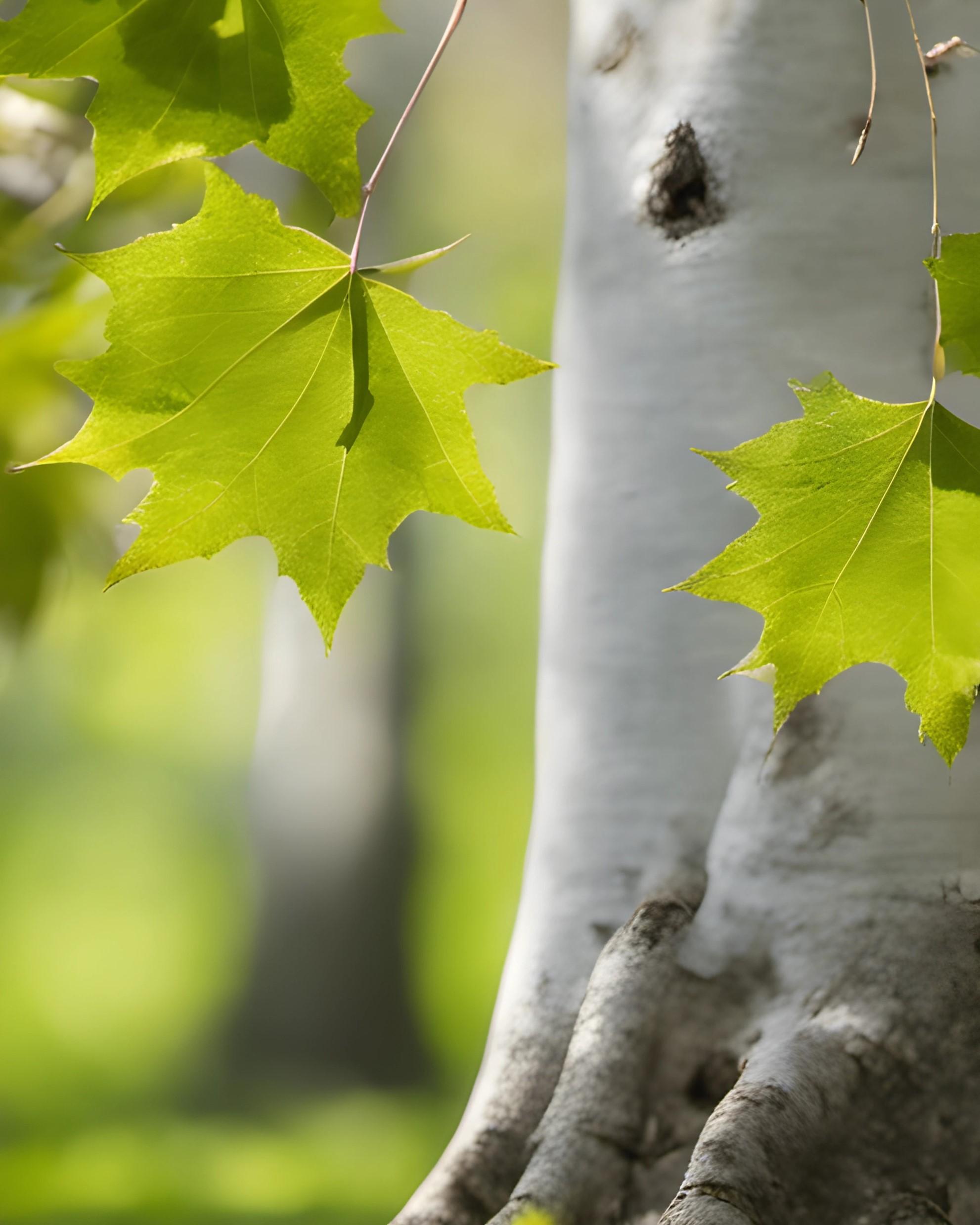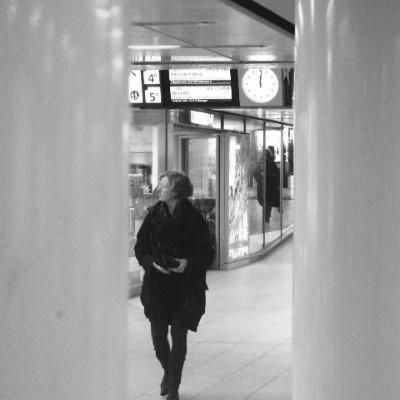






Published by Dumbmutt publications, Bristol, 2024.
This work is a collaboration between Michele Lavelle (the author) and Ronnie Rennoldson (The illustrator, responding to the authors story through the use of digital technology)
Typeface is Georgia Pro.
The author hereby asserts their right to be identified as the creator of ‘A plane tree’ s tale ‘
The illustrator hereby asserts their right to be identified as the creator of the illustrations contained within ‘A plane tree’s tale ‘
Hello my name is Platanus, Platanus x acerifolia to be precise.
Have you ever wondered what trees do all day?
We don’t just sit about waiting for the weather to change. Most, like me, have families and we communicate with each other, a bit like you probably do with yours.
We are gregarious, we notice things, and where possible help make changes. When left to ourselves we live a long time taking stock of everything around us, and we love telling stories.
So this is my story, a plane tree, currently living in Bristol and with family across the world.
I live in Queen Square in Bristol along with my brothers and sisters who arrived at the same time as me (together with a few younger relatives who arrived more recently who fill the gaps so that we form a double avenue around the square).
I have many other relatives across Bristol and a lot in London too and I’ll tell you more about them later.
I’m quite old, as are my brothers and sisters, about 200 years, but that’s probably not quite middle aged in terms of the human species.
I’m not quite sure of our origins but we were recognised as a majestic addition to towns and cities, and we could tolerate and grow in their polluted air.


We were planted in rows and avenues to shape and define spaces in a formal way; all of us equally spaced and in straight lines to define spaces and places, much as we are in Queens Square.
I think it was the Parisians who started the idea, which caught on, so we became popular across Europe, including many roads in Provence.
Maybe it was Napoleon who started the idea when he ordered many of us to be planted on each side of roads so that his marching troops could be protected from the sun.


We’ve seen a lot since we arrived in Queen Square; On 31 October 1831 there were violent riots when nearly 100 buildings around the square were burned to the ground.
We heard the protesters plotting and planning the riot with not a care whether I or my siblings would be damaged or even die. As it is, many of the rioters died, some ended up in jail and 4 were hanged. Fortunately, we didn’t suffer more than being singed. It was incidental pain and not a deliberate attack on us and although it hurt a lot we recovered both emotionally and physically.

In 1936, when I was just over 100 years old, highway engineers thought it would be a good idea to build a dual carriageway diagonally across the square.
It was unbearable at times, so noisy and the exhaust fumes clogged our stomata as we absorbed the horrible emissions so that people could still breathe in the city.
It wasn’t just the stomata on our leaves that absorbed the pollution but also the bark on our trunks. It peels and flakes to renew itself making lovely patterns which we compliment each other on every now and then, just as people do to admire someone in a particular dress or wearing a beautiful coat.

We each have stories to tell each other about what we hear from people strolling or sitting and chatting on benches in the square.
We understand their language but they don’t hear or understand us… yet.
I also have great aunts that live on a roundabout at the bottom of Jacobs Well Road, overlooking the harbour in Bristol. They spend all day chatting and gossiping and finding out as much as they can so they can let the rest of us know if anything important going on that will affect us.

In 1999 they told me what they’d overheard and that the City Council were going to remove the dual carriageway to restore our square and make it more beautiful and peaceful.
It’s been wonderful ever since the closure and restoration with people just enjoying themselves in our new space with lots of festivals, markets and music every year.
More recently since the Covid pandemic of 2020 loads of people are in groups doing outdoor exercise classes.
It really makes a change from the stinking traffic to see people enjoying the space we create not just for organised events but impromptu local pop ups.

A couple of men from the council often sit on the bench beneath my canopy.
I’ve overheard so many conversations about their successes and troubles, their wives, their children, their infidelities, job promotions, and how happy they are when their children are happy.
One of them is an Arboricultualist, the other a Landscape Architect at the council. One autumn day they were both really worked up because someone in the highways department wanted all of us to be pruned just in case our roots damaged their road precious surface and our leaves blocked drains! But who was here first? Us, or the roads?

However, their argument/concern was only about which department within the council should bear the costs to do the work - highways or parks - no thought at all given to how much it would hurt us to be pruned or what we would look like afterwards.
What if your mum or dad gave you a really naff haircut let alone one that was painful?
We take pride in our appearance and that each of us looks different, also the benefits that we provide: giving shady places to sit on hot sunny days; cleaner air to breathe rather than the muck we filter; and apparently we make them feel happier.
We also know that pruning can be really painful. They have no idea how much it hurts… .


Cousins of mine live at the top of Redland Road in Bristol.
Sadly for them, so that their roots don’t do any damage to the pavements, every three or four years their branches are severely cut back right down to the knuckle.
Imagine having all your fingernails cut way too short each time they grow back. From the other side of he city we hear their screams while they’re being tortured and for days/weeks afterwards as they try to recover from the shock.
Then, when spring arrives and they’re ready to put on some new growth all they can produce is little starbursts of new twigs. .

They have sisters, who we call the ballerinas, who live around the corner by Redland church, sing and try to soothe their brothers who have been so brutally pruned.
The ballerinas dance and sway their branches so elegantly in the wind whilst singing to try and heal their brothers. Hearing the combination of their singing and their brothers screaming from the other side of the city is quite dramatic and disturbing, a bit like hearing a choir and a punk band simultaneously. Well, my story is over for now and while the world gets on being exciting my siblings are peacefully occupying other cities and converting polluted city air into breathable air.
The end . (dun) .


Michele is an award winning Landscape architect, lecturer and author. She has always been fascinated by trees and first became consciously aware of them while climbing the trees in the garden; branches on the birch were too high to reach but the apple tree was perfect for a lightweight 8 year old. Exploring with a friend they found a wonderful gnarly oak tree just outside the garden that was easy to climb and provided nests for them to sit and chat and plot.
Living close to Windsor Great Park and with freedom to roam, Michele’s awareness of different species of trees grew rapidly, primarily noticing the different characteristics with a view to climbability, it ended up with an understanding of trees in general.
Becoming a landscape architect later in life Michele ended up specifying hundreds of thousands of trees on projects across the globe; learning what grows where and what can be persuaded to grow while always ensuring that each species was given the best possible condition in which to establish and thrive.

Michele at Schipol airport.
Michele was instrumental in the formation of Bristol City Council’ s Tree Forum and Bristol’s Tree
Replacement Standard ensuring ensures that an appropriate number of new trees are planted to replace any trees lost due to development.
Ronnie is an award winning architect, published photographer, abstract painter and author.
Born in Germany to army parents, and living in garrison towns in both England and Germany, summers were spent in Berlin with his German family negotiating the impact of both a divided Germany and the Berlin wall.
Ronnie initially studied under the Scottish colourist, John Nelson, at Stevenson College in Edinburgh and then at Duncan of Jordanstone College of Art and Design before graduating with degrees in Architecture.
Ronnie and Michele have collaborated on many projects together including award winning architecture and landscape projects; Ronnie works full time from his Bristol based studio.
The illustrations in this edition of A Birch Tree’s Tale were all created over a period of months using digital technology and were repeatedly modified to match Michele's words.

A portrait of the Artist as a Young Boy.
An early portrait of me taken by my father in Berlin, armed with trumpet and balloon (which I really hope was red )